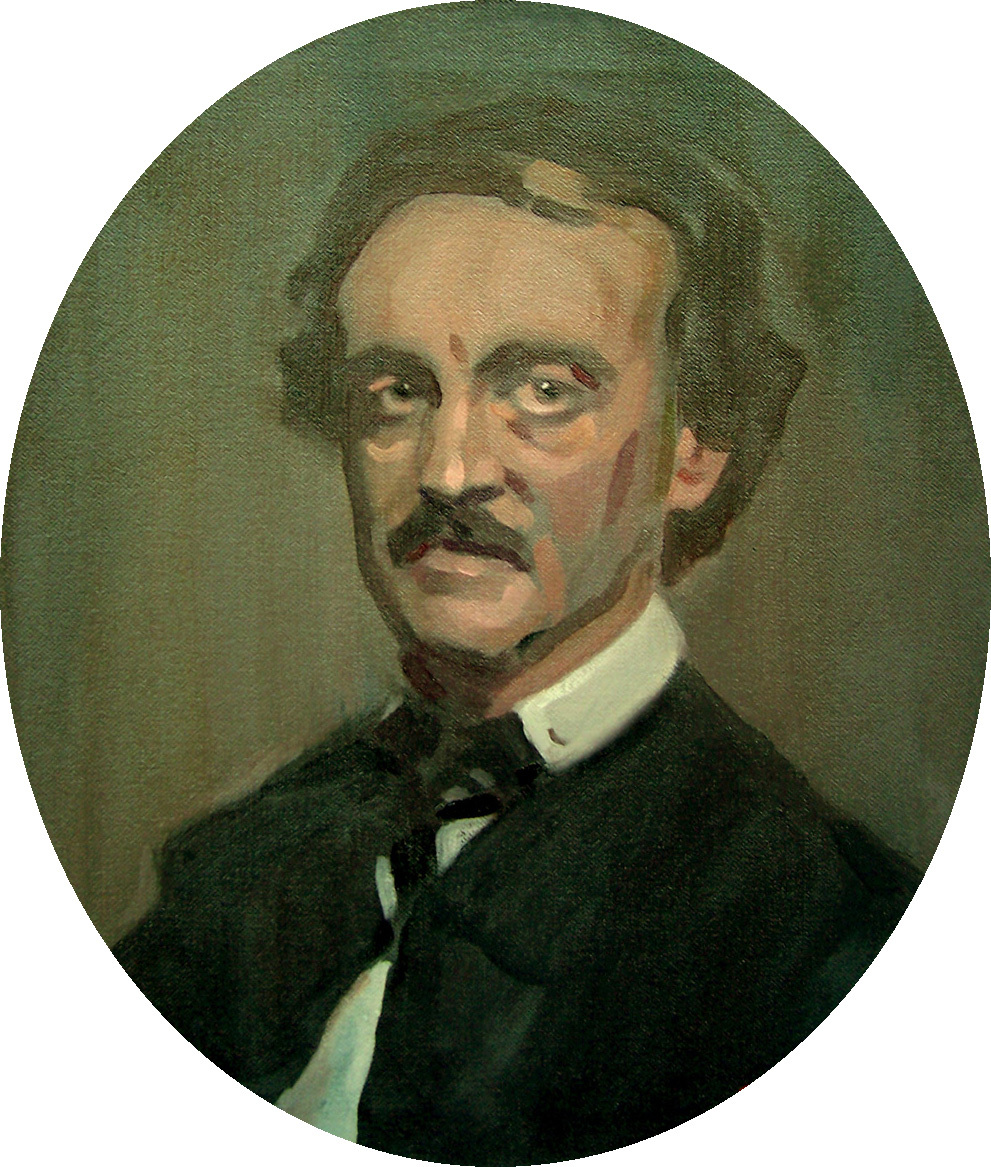

Balm in Gilead: a rare medicinal perfume mentioned in the Bible that has come to represent a cure-all Nepenthe: an ancient medicine for relieving sorrow originating from Egypt Plutonian: Derived from Pluto: Another name for Hades, which refers to both the Kingdom of the Dead and the god of the Dead. –Pallas: Another name for Athena, Greek goddess of wisdom and war Here is his masterpiece in its beautiful entirety, as reprinted in the Richmond Weekly Examiner, Septem(by permission of Poe himself): It poignantly and beautifully depicts the haunting feeling of longing one has for a love which is distant or lost. Not exactly a brilliant plot filled with divine insight, but a study in deep emotion and a vehicle for vigorous language.

In an otherwise realistic poem, this slight supernatural flourish creates just the right amount of mystery to push the story along as we learn about the narrator’s lost love, Lenore, who will return “nevermore.” The bird’s echoed mutterings to the questions he asks make him feel even worse in his melancholy. It then begins repeating the same word over and over again: “nevermore.” After more knocking, he opens the window and a Raven flies in, seeking shelter from the stormy night.

A man is sitting in his study late at night when he hears knocking. This gives us some basic idea of what is going on throughout this poem. In an early draft of the poem, Poe actually had a parrot instead of a raven. Song of Hiawatha by Henry Wadsworth Longfellow In particular, the following poems have a rhythm very similar to that of “The Raven”: If you like “The Raven,” but don’t really care for free verse poetry, don’t lose hope! There are many other poems that have similar classical meter. They hear or read some free verse, which lacks clear rhyming or rhythm, and sadly for some, the attraction to poetry is over. Many people list “The Raven” as their favorite poem, and their interest in poetry ends there. We are going to explore this poem’s rhythmic genius in depth, give some examples of other poems that “Raven” fans might like, take a look at the poem itself, and discuss using this poetic framework to build a poem of our own. While the language may be somewhat difficult to understand or relate to, people keep returning to it for Poe’s enchanting classical meter. One of the keys to its incredible appeal is its brilliant rhyme pattern and rhythm. It has cemented itself in the modern era, and has been the subject of many portrayals, from Vincent Price in the 1960s to the Simpson’s rendition in the 1990s. Much of this was Poe’s own doing, as he performed it quite frequently, and wrote many essays and commentaries on it in the press. “The Raven” by Edgar Allan Poe remains one of the English language’s most popular and influential poems since it was written in 1845.


 0 kommentar(er)
0 kommentar(er)
